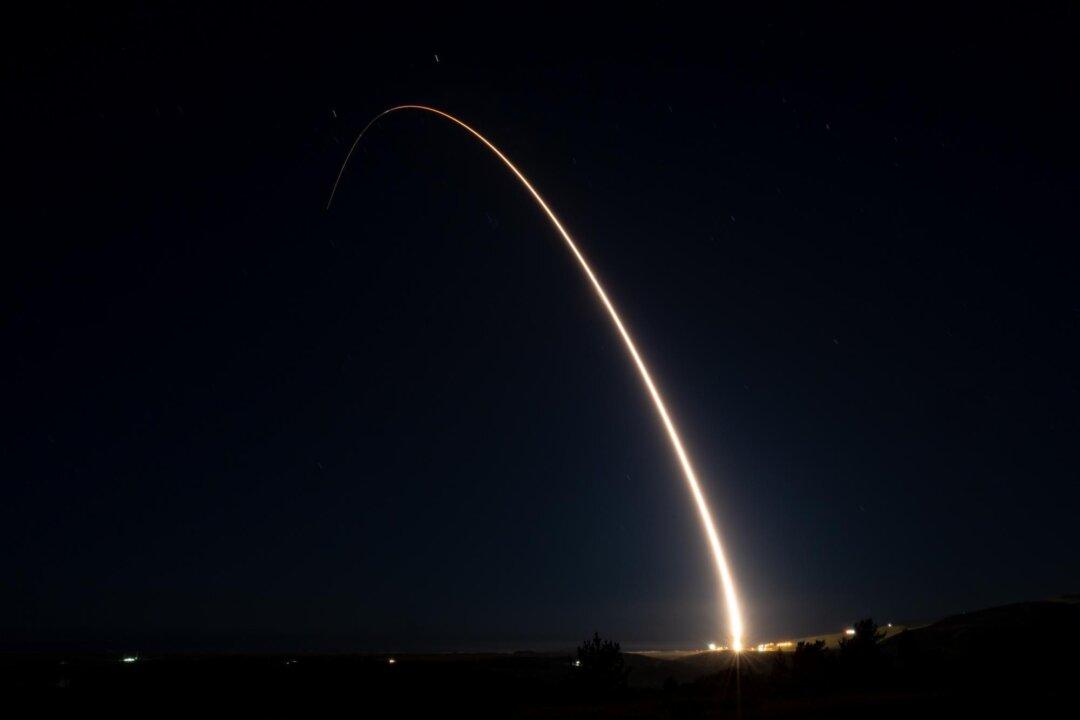The United States carried out a test launch of an unarmed Minuteman III intercontinental ballistic missile (ICBM) in California, said the U.S. Air Force in a statement on Tuesday.
The unarmed missile, which is capable of carrying a nuclear warhead, was launched from the Vandenberg Space Force Base in California on Tuesday morning, said the Air Force in a statement. It was the first of two scheduled test launches for this week.





